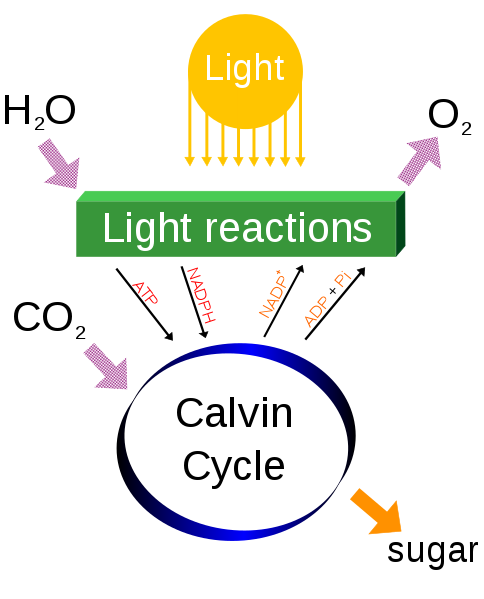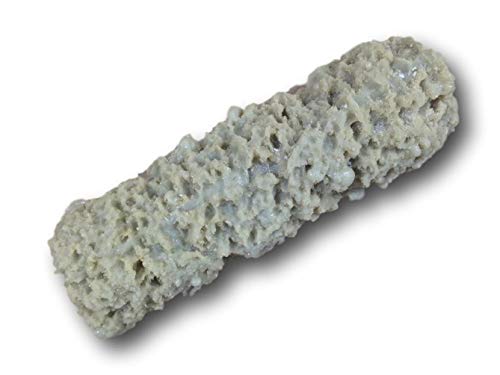Note how the process is somewhat like how an economy works, in that ATP is like energy currency.
It generally requires energy to force two molecules to react (to make two amino acids link together) because Nature prefers randomness rather than structure. ATP (adenosine triphosphate) stores a lot of energy in the bond between the second and third phosphate group when it is synthesized - when you break that bond to form ADP (adenosine diphosphate) and a phosphoric acid, energy is given off that can be used to drive a reaction that has to be "forced" to happen, usually making a bigger or more highly ordered molecule from a simpler one.
So, what happens when you break down bigger molecules to smaller ones, is that these kinds of reactions happen with the help of an enzyme that ties the
breaking of a chemical bond from the bigger molecule (like the starch to a sugar, or a protein to an amino acid), to driving the
synthesis of a molecule of ATP from ADP - pretty much conserving the energy that was used to make the bigger molecule in the ATP molecule. Then that ATP molecule can be used anywhere in the cell to drive a synthetic reaction that needs energy to make it happen.
The acetyl-CoA is kind of like a very small brick (it is a 2 carbon unit with an oxygen and 3 hydrogens) that can be used in many many biosynthetic reactions to build larger molecules, including sugars, fats, and proteins.
In the bigger picture, acetyl-CoA can also be fully catabolized down to carbon dioxide and water, to capture extra energy in the form of ATPs. And - to complete the cycle, all of this energy ultimately comes from the sun: photosynthesis is the process by which energy from the sun is used to - yes, you guessed it! - capture carbon dioxide from the air, to produce small carbon building block molecules inside plants, which use them to make sugars, starches, fats and protein (as well as giving off a portion of the dioxide as oxygen):
And that's pretty much summarizes the biology of metabolism.









































